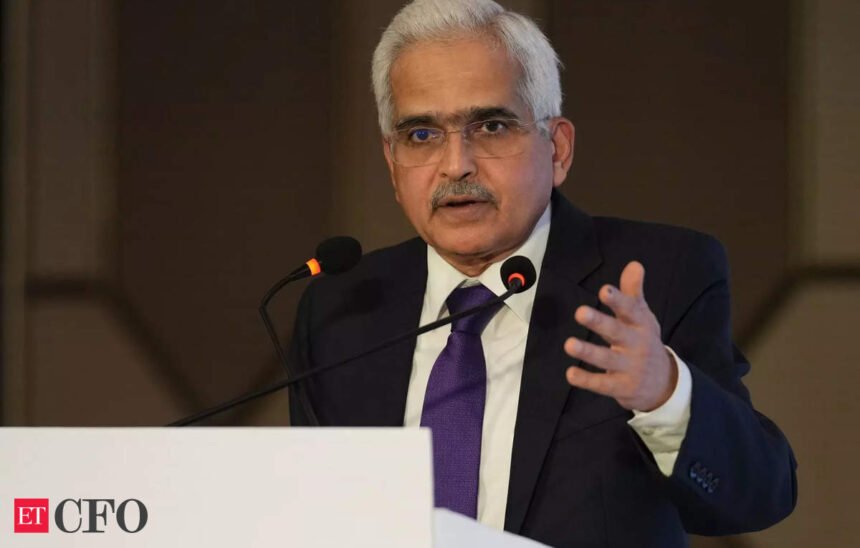[ad_1]
Reserve Bank of India governor Shaktikanta Das said the central bank cannot look the other way as India’s inflation has yet to moderate to the target level of 4%.
At a Bretton Woods Committee‘s event in Singapore on Friday, Das said the slowing pace of disinflation may pose a threat to global recovery. He also expressed concerns for global banks with a large commercial real estate exposure, saying that they may be short sellers’ target and therefore investor confidence may be dented.
“Inflation has moderated from its peak of 7.8% in April 2022 into the tolerance band of 2% on either side of the target of 4%, but we still have a distance to cover and cannot afford to look the other way,” Das said at the third annual conference of the Bretton Woods Committee’s Future of Finance Forum.
The Reserve Bank has projected India’s retail inflation measured by the Consumer Price Index to ease from 5.4% in 2023-24 to 4.5% in 2024-25 and 4.1% in 2025-26. Meanwhile, India is working on fiscal consolidation and the country’s public debt levels are on a declining trajectory over the medium term.
On a global perspective, Das said, while global economic activity and trade have largely withstood downside risks, the last mile of disinflation has proved to be challenging, giving rise to financial stability risks. However, on the upside, he said the possibility of hard landing has receded.
“As market expectations about the future course of monetary policies re-align with policy guidance from central banks, the prospects of a hard landing appear to be receding. This is reflected in most forecasts, which suggest that near-term prospects are improving, notwithstanding the persisting uncertainties in the international economic and financial environment,” Das said, according to a transcript of his speech posted on the RBI website.
On the potential risks for global financial stability, Das stressed on the issue of banks’ rising exposure to commercial real estate, proliferation of non-bank institutions in financial intermediation and rising debt service burdens and inflationary pressure for emerging economies due to a stronger dollar. Stress in the global commercial real estate sector needs to be watched closely, he said.
“Banks exhibit high sensitivity to expected and unexpected commercial real estate losses, due to the relatively high coverage ratios in their loan books. Further, liquidity squeezes can materialise for banks with large CRE exposures, as short sellers may target them and investor confidence may slip further,” he said.
Indian banks too are lending more to the commercial real estate sector of late, exuding confidence in the market. According to the central bank data, the commercial real estate portfolio of scheduled commercial banks grew 41% year-on-year to Rs 4.83 lakh crore at the end of June.
“As I said earlier, staying alert and undertaking forward looking regulatory measures ahead of the curve can contain the risks to bank balance sheets and systemic stability,” Das said, urging policy makers and financial sector regulators to show urgency to buffer economic activity and the financial sector from unforeseen shocks.
“A flexible and robustly equipped regulatory architecture in the financial sector would be essential to stay ahead of the curve and minimise risks. Macroeconomic policy makers and other stakeholders must also be quick to adopt a forward-looking approach to navigate the difficult bends and turns on the road ahead,” the governor said.
[ad_2]
Source link











